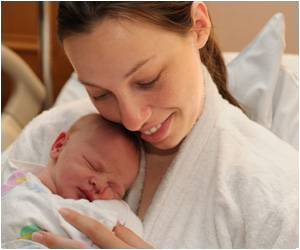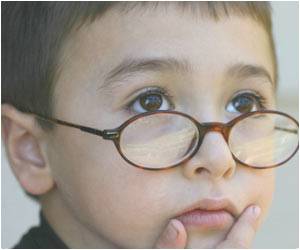Infants are capable of learning patterns from simply looking at the world around them, claimed new research.

‘Infants presented with stimuli in a more appropriate way for the visual system, can learn abstract rules visually, just as they can from speech.’





When we learn a rule or pattern in one domain, such as an alternating pattern of lights, we readily abstract this pattern and apply it to another domain. This ability, known as "abstract rule learning," is a signature of human perception and cognition, the researcher said. "If you present infants with the stimuli in a more appropriate way for the visual system, they can learn abstract rules visually, just as they can from speech," said Brock Ferguson from the Northwestern University in Evanston, Illinois.
For the study, published in the journal PLOS One, researchers examined a group of infants. They showed them patterned sequences of different kinds of dogs.
For example, infants learning an "ABA" pattern might see a picture of an Alaskan malamute (A) followed by a picture of a German shepherd (B), and finally another Alaskan malamute (A). Infants saw several "ABA" sequences, each time with different kinds of dogs.
Then, the researchers presented infants with two new sequences with new kinds of dogs that the infants had not yet seen. The elements in each sequence were identical -- only the pattern in which they were presented differed.
Advertisement
Although the elements in the AAB and ABA sequences were identical, infants noticed the different patterns. This documents infants' ability to learn abstract rules visually.
Advertisement
Source-IANS








